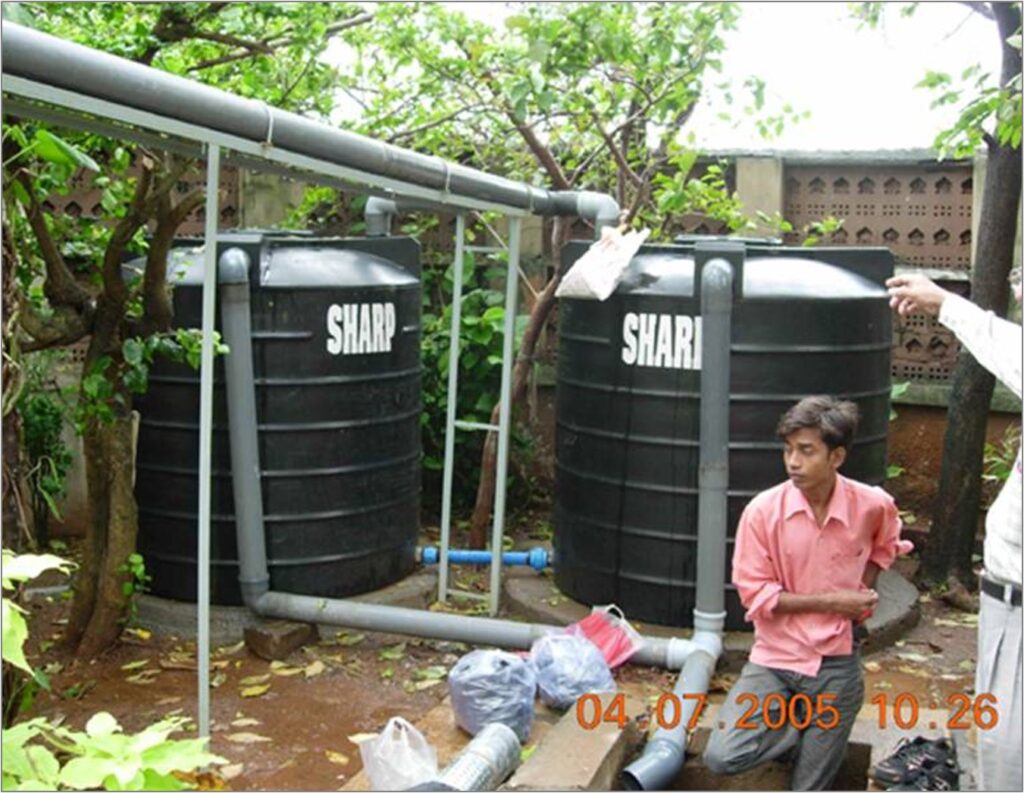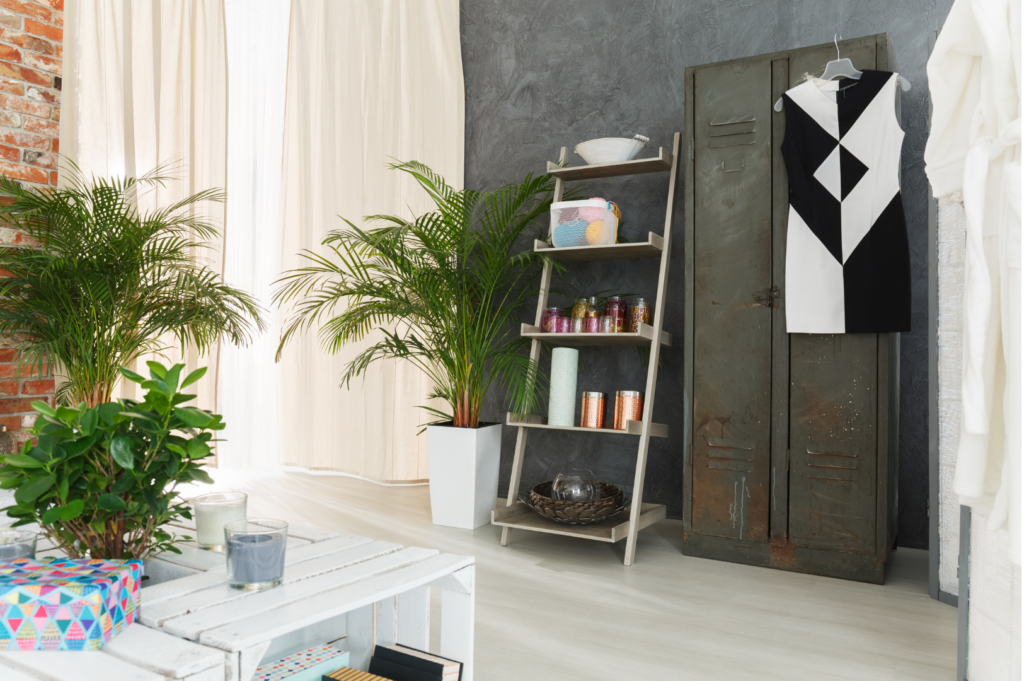Sustainability is the buzzword today. So, are you doing your bit for nature. Where to begin? Why not from your home?
This article is about how you can contribute to making your home sustainable. It will not take much time or money, just a little conscious effort and some common sense. So, let’s begin!
1) Make the switch to an energy efficient home:

Lighting typically consumes nearly 15% of your energy consumption at home. Replace all lighting in your house with energy efficient lights. LED bulbs and tube lights are today the most efficient with a luminous efficacy of more than 100 lumens /Watt. Replace fans with energy efficient fans preferably the Brushless DC technology ones which consume half the energy of a conventional fan. And replace all equipment with BEE star rated or energy star rated equipment. ACs if used continuously, should be minimum –star rated.
Replacement is ideally done after end of life of a product or during renovation. However, the earlier the better as you will immediately see the results in your lowered electricity bills. Geysers, where possible, should be 5-star rated only as they are heavy consumers of energy especially, if there are large number of hot water users in the family.
2) Reduce water consumption:

Did you know that you can reduce water consumption in your home by nearly 50% by using water efficient devices. These include low-flow showers and faucets and dual flush. For faucets especially in the kitchen and wash basin, you can add an aerator fitting which will drastically reduce your water consumption.
If you are living in your standalone bungalow or row house, then make arrangements to harvest the rainwater from your roof, by attaching downtake pipes and collecting it in a tank, either buried under the ground or above. These tanks can be made of FRP or cement concrete. Make provision to collect as much water as possible during monsoon for use in non-domestic purposes such as landscaping, flushing and car washing.
Rainwater should have a first flush device to remove impurities during the first week of monsoon. If you intend to use it for domestic purposes, make sure you have a good filtration system attached. If you have a well or bore well on site, you can make a recharge pit around it, to charge the ground water ensuring that only clean water is channeled towards it.
3) Choosing the right materials:

Use recycled wooden furniture or furniture made from rapidly renewable material such as bamboo and cane. Reused and adapted furniture i.e. previously used wooden or wrought iron ones or furniture made from recycled agriculture or waste material is also recommended.
In order to have a healthy indoor environment, make sure that your use formaldehyde free adhesives or low VOC adhesives, paints and varnishes. If this is not possible, make sure that the house is degassed and / or ventilated for at least a week before occupation. Make provision for natural light and ventilation especially if you are living in a non-polluted outdoor environment. In humid climate, carpets and fabrics are not recommended. If used, make sure to clean them regularly. Molds or humidity in the walls should also be addressed by taking advise of a professional.
Indoor plants are known to reduce dust, pollutants, VOCs and improve your indoor environment. So, introduce indoor plants on your tables, in hanging pots and where possible.
4) Recycle waste:

Solid waste is one of the biggest challenges we face around human settlements. Every metropolitan city has a waste landfill outside its boundary.
The first step to deal with it is to segregate waste at source. Use separate bins at home for wet (organic) and dry (recyclable) waste. Waste such as paper, glass and metal can be traded with the local recycler or raddiwala, while plastic and others can be sent to the municipal dry waste collection.
Compost the organic waste at home or at community or building level. It requires stacking of waste, mixing with material such as saw dust or mud and using an EM medium to accelerate the rate of composting. Make provision to collect the leachate, which is rich and nutritious and can be used after diluting in your garden or plant bed.
Collect E-waste and dispose it with a local E-waste recycling or collection company. Do not dispose it off in the waste bin.
5) Bring Nature back:

Growing plants in your balcony or terrace will bring you closer to nature. As you care and nurture your plants daily, you will be enriched with knowledge and abundance as birds, butterflies and insects become part of your garden. It does not take much to grow your own organic vegetables and fruits. Make sure you have a proper irrigation and drainage system and you grow plants as per the sunlight available. Flowering plants, for example, need a lot of sunlight, so need to face south or east directions.
Making your terrace green will also help reduce heat gain inside your building, reduce dust and pollution, increase biodiversity, and most important, reduce the urban heat island effect affecting the microclimate.





